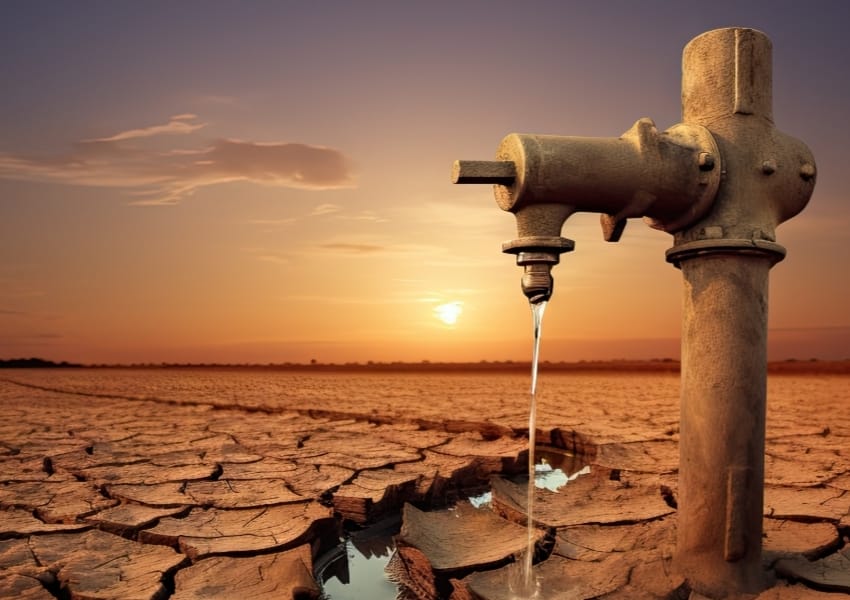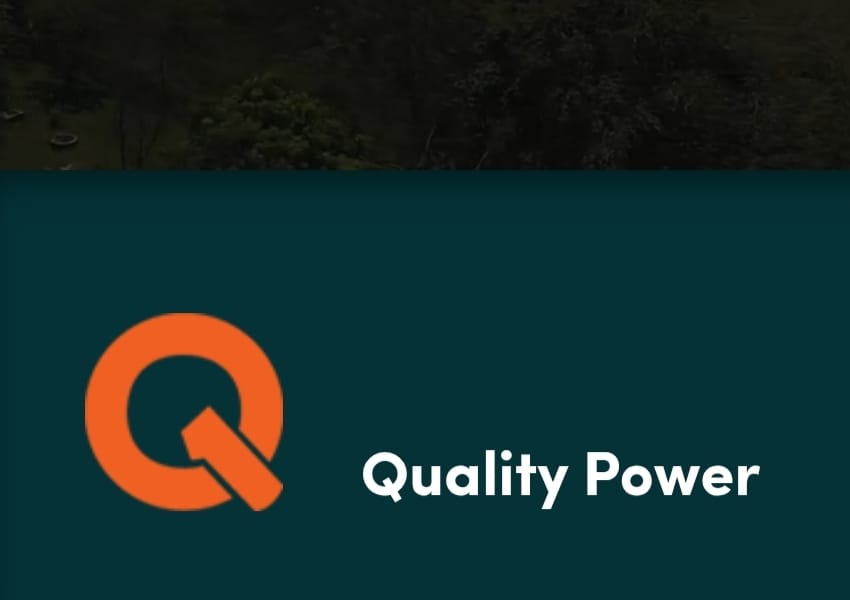Crisil Predicts 7-9% Revenue Growth for Agricultural Pump Manufacturers in FY25

In the fiscal year 2025, agricultural pump manufacturers can see high revenue growth of 7–9 per cent. This growth will be fuelled by the strong domestic demand for traditional pumps as well as a rise in the use of solar pumps, especially under the PM Kusum Scheme.
According to recent research by Crisil Ratings, makers of agricultural pumps could expect revenue growth of 7–9 per cent in the fiscal year 2024–25 due to the ongoing demand for both solar and conventional pumps. According to the survey, there is a significant increase in the use of solar pumps, especially under the Pradhan Mantri Kisan Urja Suraksha evam Utthaan Mahabhiyan (PM KUSUM) initiative and a strong domestic demand for conventional pumps. According to the research, revenue growth in the current fiscal year is expected to be consistent at 8–10 per cent.
The industry’s revenue growth in the next fiscal year would be mostly driven by volume, according to Anuj Sethi, Senior Director at Crisil Ratings, with conventional pumps continuing to expand steadily at a rate of 6–8 per cent. On the other hand, the research predicts a sharp rise in solar pump volumes of 20 per cent year over year, bolstered by anticipated lower pump costs. The growth forecast for FY25 is dependent on a typical monsoon.
Crisil Ratings projects the operating margin to stay strong, coming in between 12 and 13 per cent for the current and next fiscal year. The stability of critical raw material prices and increased operating leverage are credited for this resiliency. To support credit risk profiles, the research emphasises the importance of a stable working capital cycle and reasonable capital expenditure.
Resilient demand for agricultural pumps is shown by the report’s observation that healthy kharif (summer) crops drive up farm revenues and pump purchases during a good monsoon. On the other hand, inadequate monsoon requires the use of pumps to irrigate winter crops (rabi). It is anticipated that solar pumps will become more affordable in the fiscal year 2024-25 as manufacturers pass on the lower pricing of solar modules, a crucial raw material that accounts for 65–70 per cent of the cost of solar pumps.
According to the report, the next fiscal year is expected to see a continuation of the double-digit volume growth, driven by falling solar pump prices and rising order flows under the PM KUSUM scheme, which is scheduled to end in March 2026. Operating profitability is anticipated to stay strong at 12–13 per cent in the current fiscal year with consistent growth in traditional pump volumes and stable pricing of essential raw materials, such as pig iron, steel and copper.















































































































































































































































































































































































































































































































































































































































































































































































































































































































































































































































































































































































